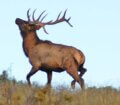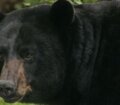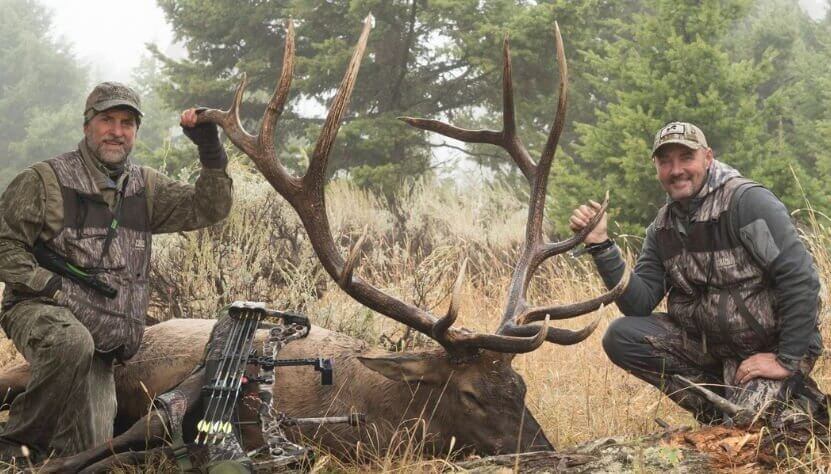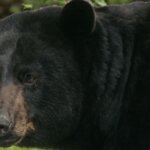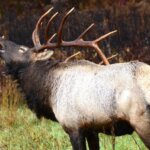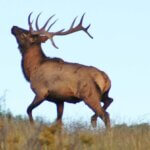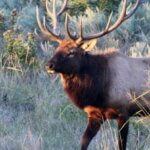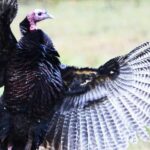Editor’s Note: Outdoorsman Bear Kelly was mentored as a trapper in 1996 by the late Dick Kirby, the creator of Quaker Boy Calls in Orchard Park, New York. Bear is primarily a bowhunter, but he hunts with a gun, a muzzleloader, and a crossbow. He’s hunted in Montana, Wyoming, Colorado, New York, Ohio, Pennsylvania, Alabama, Tennessee, and Canada.
When I go to another state or out West to hunt, I carry four different camo patterns with me. For all of my hunting clothes, I wash them by hand in plastic mortar mixing boxes with a really good scent-free soap. Today, I use Code Blue, but in the early days, I used a product called Nature’s Essence. Then I hang my clothes up to air dry well away from the house. Later, I dig a hole in the ground that rainwater can run into, carrying the scent of decay and leaves. Once the clothes are dry, I push all of my clothes into that hole and then hang them up to dry again. So, I’m getting a natural cover scent to where I’ll be hunting.
In addition to matching the natural scent of where I’ll be hunting, I mix and match the camo to fit the terrain, the vegetation, and the time of year I’ll be hunting. I wear the camo that I feel works best for me at the time I’m hunting and in the area where I’m hunting. I’ll probably wear a different camo shirt than camo pants to blend in and be broken up in my surroundings. If it’s early in the year, or the bushes look like Mossy Oak Obsession, I’ll wear that camo shirt. And I may have on Break-Up pants because that pattern is darker and more like the ground or tree trunk I’m up against. The primary way I test the camouflage I’m going to hunt with is I’ll put it out in a place like where I think I’ll be hunting, and I’ll get 100 yards away and look to see if I can see the camo.
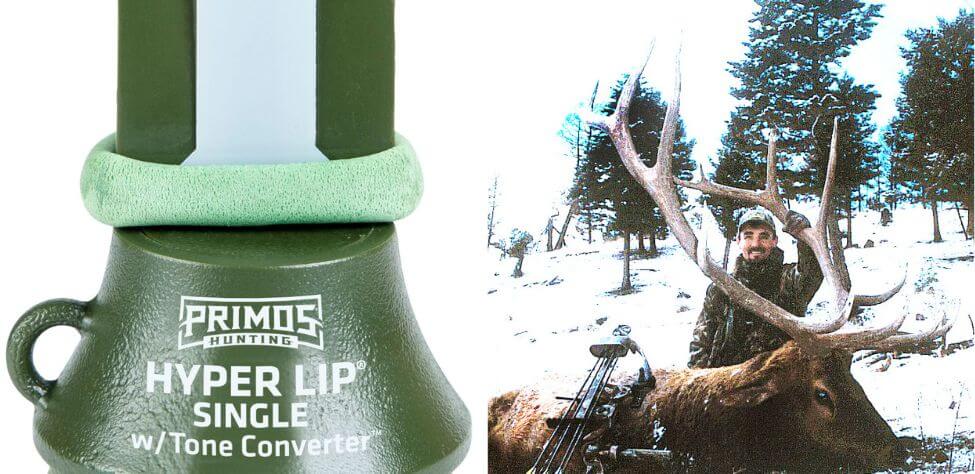
I’m often asked, “How do you get in shape when hunting in the West?” I start by walking a lot. After I’ve walked for a while, I’ll load my pack with everything I think I’ll need and then begin walking with my pack on my back. And you’ll soon learn that a lot of stuff in your pack are items you don’t need. But always bring your binoculars, because you’ll use them all day.
According to the season and time of the year that I’ll be hunting, I’ll try to wear the boots I’ll take on the hunt. One thing I’ve learned is if you’re walking constantly on a hunt, you don’t need a lot of insulation in the boots. Insulation is a great thing to have in a boot in really cold weather, but in cool or hot weather, that insulation will wear you out and cause your feet to sweat more than it helps you. Even when buying insulated boots, buy them one size larger and put an additional innersole to take up space between your actual size and the larger boot. You’ll also get an extra comfort factor with the innersole that you’ll come to appreciate.

How to Hunt and Take Big Buck Deer on Small Properties
In this book, you’ll hear from 14 hunters who either have gained permission or leased properties as small as six acres to as much as 250 acres, and how they consistently take older-age-class bucks off these little lands.
VERSIONS: AUDIBLE, KINDLE & PRINT

Jim Crumley’s Secrets of Bowhunting Deer
Using a black magic marker and a gray work jumpsuit, Jim Crumley of Buchanan, Virginia, drastically changed the nature and purpose of hunting camouflage when he created the first sportsman’s camouflage – Trebark. Crumley’s love of bowhunting and his desire to be more invisible changed hunting clothing forever.
In this hunting guide, he shares the wisdom that he’s learned throughout his lifetime about how to be a hunter, how to find a deer lease, how to scout for deer, and more.
Special features include how to:
- Have a magic 60 acres to hunt
- Decide the best equipment to use
- Find deer year-round
- Locate land to hunt
- Know the best place to put your tree stand
- Get bucks within bow range
VERSIONS: AUDIBLE, KINDLE & PRINT

How to Hunt Deer Like a Pro
How do you know if the land you hunt has a trophy deer on it? Wildlife manager Bob Zaiglin, of Uvalde, Texas and Jim Crumley, the father of modern-day hunting camouflage, tells you how to find out. GPS can make finding and taking that trophy buck easier. This hunting guide will teach you how to hunt big bucks where no one else can find them, how to call deer, and how to become versatile as a deer hunter, so that if one deer tactic doesn’t work, another one will.
In the chapter, “How to find Bucks at Scrape,” Dr. Keith Causey, retired professor of Wildlife Science at Auburn University, describes the best way to hunt a scrape.
Brad Harrison of Neosho, Missouri, is a nationally-known videographer, professional deer hunter and master at calling deer. Another master is Will Primos of Primos Game Calls. These two experts will tell the best deer calls and when to use them in this book.
And for over 20 years, Bo Pitman, lodge manager of White Oak Plantation, has been studying deer movement patterns. He explains what types of conditions are best for predicting deer movement.
VERSIONS: AUDIBLE, KINDLE & PRINT

Deer hunting and deer hunters are drastically changing each year. To learn new techniques for hunting deer and have more places to hunt, I’ve interviewed some of the best deer hunters in the nation and share their tactics in How to Hunt Deer Like a Pro: Volume II.
In Chapter 10, Jacob Lamar tells you his tactics for consistently taking older-age-class bucks on public lands in several states. Chapter 11, Bob Walker explains how to find places on public lands where you can hunt that 99 percent of the other hunters never have considered hunting. The Bonus Chapter with David Ramey tells you how, where, when and with what equipment to take big Kansas bucks on public lands by hunting in 100-degree weather when others won’t hunt.
Chapter 13, Mark Drury, his family and his guests take mature bucks every season by having more small places to hunt rather than one large property. Drury explains the strategy of having satellite farms to hunt that only may be 50-150 acres each or less. Chapter 15, Pat Reeve, who hunts far-northern states and Canada, says, “I don’t like hunting for mature bucks until the weather is 20 degrees or less.” Chapter 4, Dr. Larry Marchinton says that funnels are the most-reliable stand sites to hunt for big bucks and tells why.
VERSIONS: AUDIBLE & PRINT
Tomorrow: Learning About Bears Too Close By

